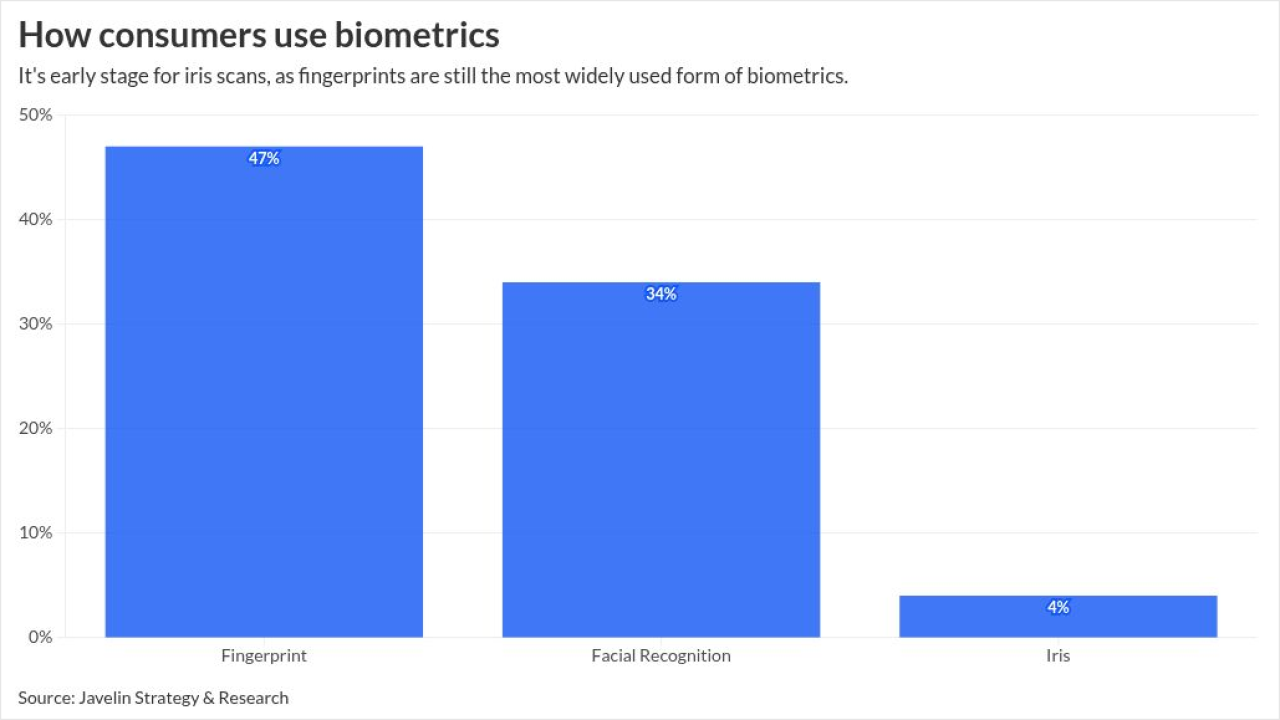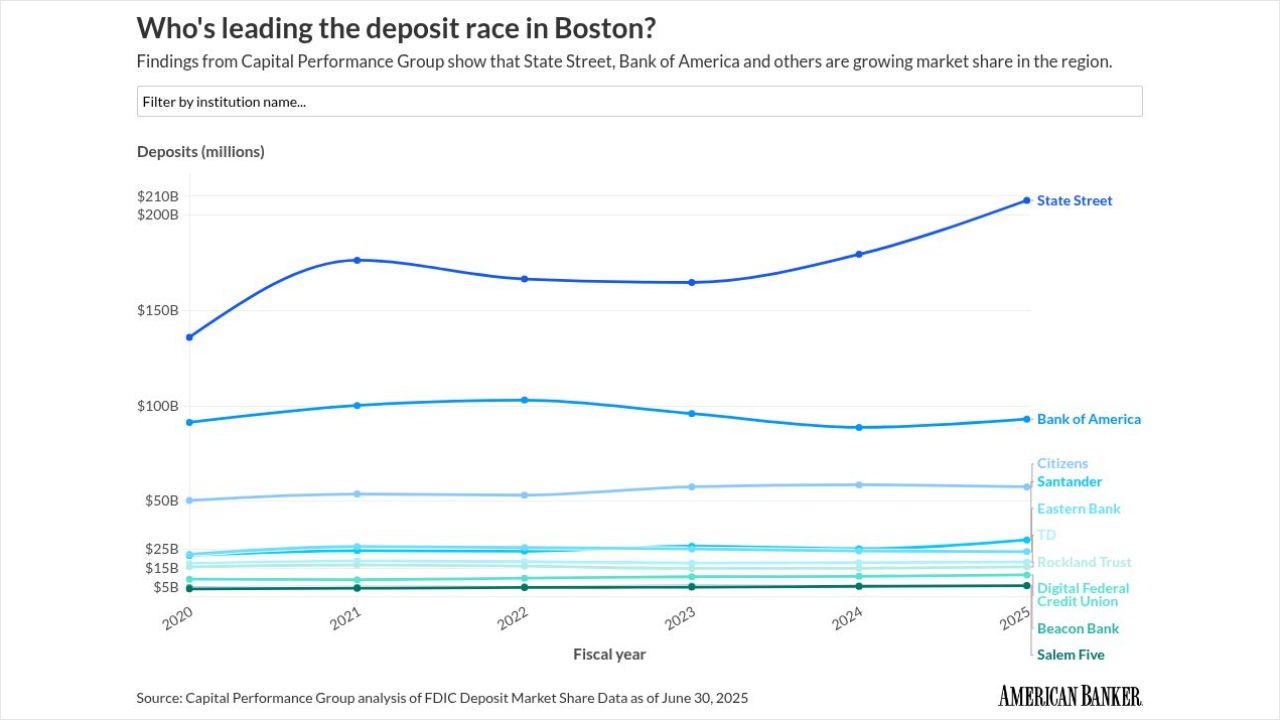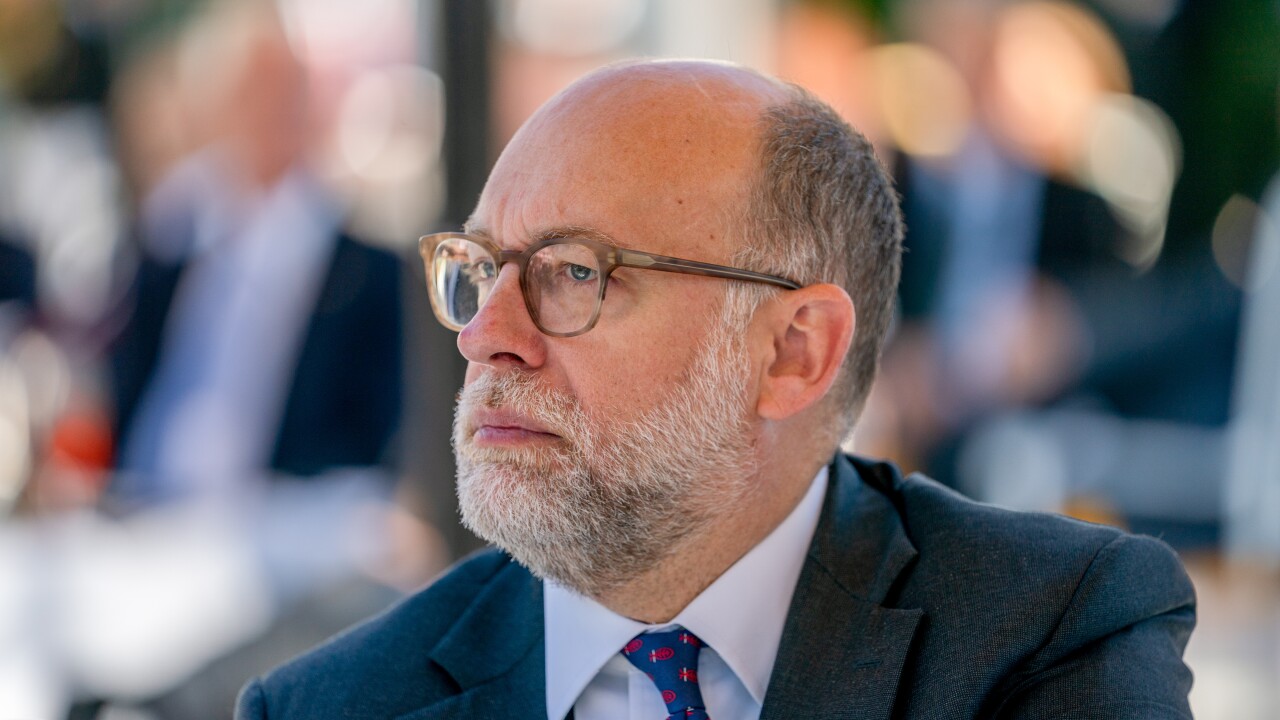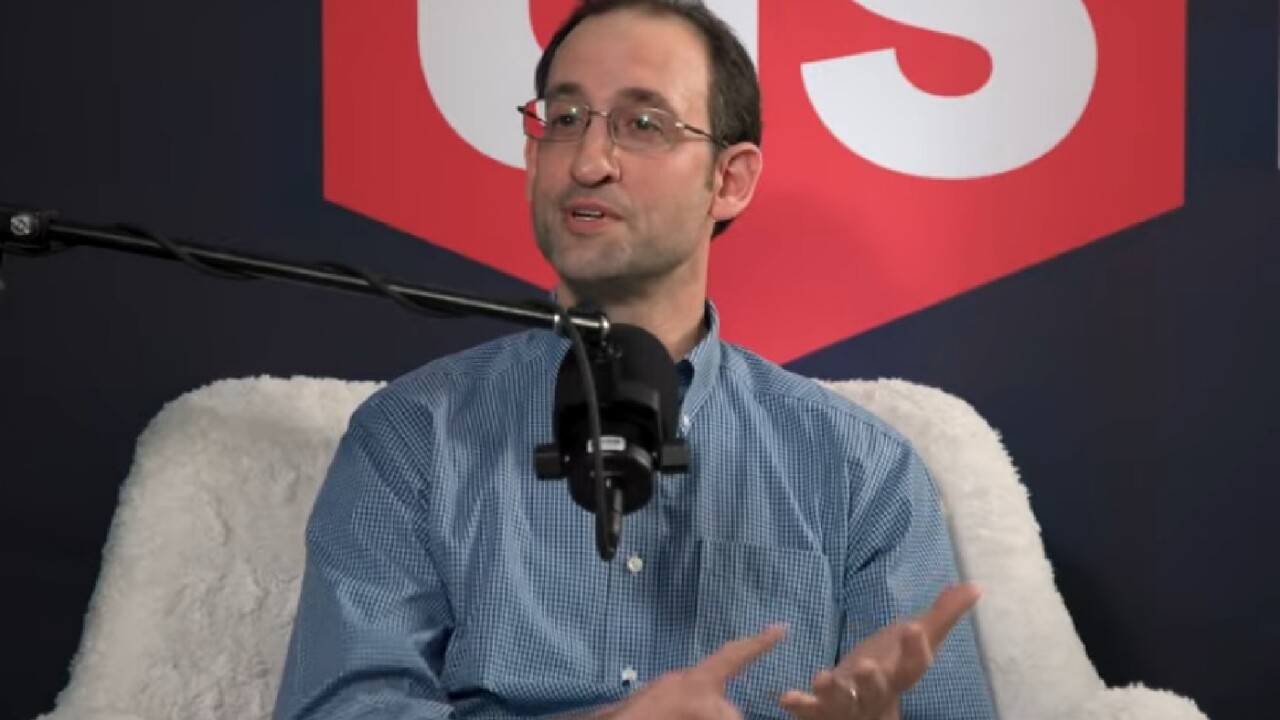Mobile wallets have failed to excite many consumers, but Canada has an extreme case of paralysis underscoring the stark need for ongoing incentives to get consumers to change their payment habits.
Canada’s strong momentum in
“Canadians are already so well-entrenched with tapping contactless plastic cards to make quick payments everywhere that they don’t see the value proposition in getting out their phone to pay,” said Mia Huntington, Elavon Canada’s senior vice president and general manager.

In Canada, Elavon played an active role in helping merchants adopt contactless payments technology, with most merchants supporting Near Field Communication. This is in contrast to the U.S., where less than a third of merchants have NFC, Huntington said.
Canada's contactless payment volume rose 60% last year to $100 billion over the previous year, reaching nearly 2 billion transactions, according to Toronto-based Technology Strategies International's new Canadian Payments Forecast 2017.
But mobile payments technology so far has not shared this momentum.
“Canada was ahead of many other countries with its NFC infrastructure, and many were watching with bated breath to see what would happen when third-party mobile wallets rolled out, but it’s clear now it will take a different kind of incentive to get consumers interested in mobile payments,” Huntington said.
If consumers aren’t getting a better deal by paying with mobile, there won’t be much adoption of Android Pay and Apple Pay, she says.
“The only thing likely to interrupt the status quo is when mobile payments can deliver specific offers based on a consumer’s preferences and loyalty, and no one is better positioned to do that than Google,” Huntington said.
Merchants are making rapid progress in adopting in-app payments technology, which also may help nudge mobile payments adoption ahead, she said.
“Restaurants in Canada are adopting new payment approaches we support for delivery and order-ahead, which will likely help drive more use of handsets for in-store payment,” Huntington said.
Canada may even have an edge over some other markets in terms of consumers’ willingness to use new payment forms, she said.
“Canadians traditionally have been at the forefront of adopting payments technology, so the current slow pace of mobile payments isn’t a reflection of their unwillingness to change habits as much as they don’t see a compelling reason to change yet, so it will likely be a marathon as payments slowly evolve to include more incentives to make the case for consumers,” she said.





